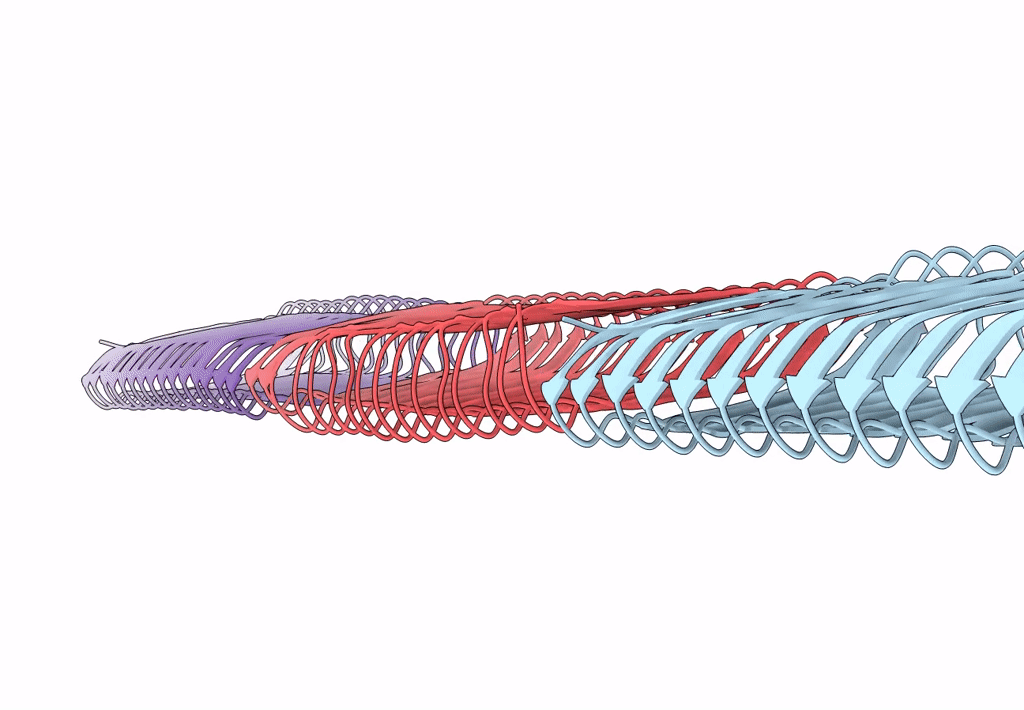
Deposition Date
2023-01-05
Release Date
2023-06-28
Last Version Date
2024-07-24
Entry Detail
Biological Source:
Source Organism:
Pontibacter korlensis (Taxon ID: 400092)
Host Organism:
Method Details:
Experimental Method:
Resolution:
7.60 Å
Aggregation State:
FILAMENT
Reconstruction Method:
HELICAL


